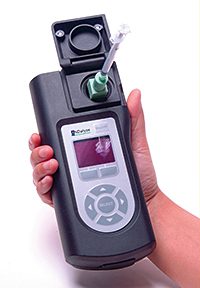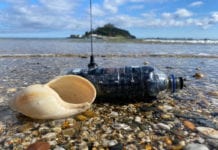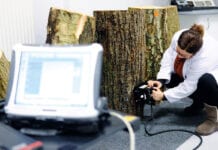
US company ANDalyze, a specialist in products for testing water contamination using catalytic DNA technologies, has bolstered its DNA-based sensor/fluorimeter platform with the addition of a cadmium (Cd) sensor.
The company already offers sensors for lead (Pb), copper (Cu), Mercury (Hg), uranium (U) and zinc (Zn). The product, which requires no special knowledge of chemistry to use, and produces no hazardous chemical waste, is used in a variety of water quality applications such as the testing of mining runoff water, groundwater, surface water, industrial waste waters and sea water.
“We are rapidly broadening our sensor product line to offer our customers greater capability to test for harmful contaminants in water sources. We will continue to add new sensors to our product line that bring laboratory level accuracy to our customer’s field testing applications.” said Bill Thalheimer, CEO, ANDalyze.
The company’s technology comprises consumable sensors in combination with its own fluorimeter. Metal ions are measured via a reaction that occurs when a water sample containing a target metal ion contaminant is introduced to a DNA enzyme sensor with specificity for that contaminant. The test is performed by taking a water sample and injecting it through the sensor housing, from where it passes into the fluorimeter. The reaction produces a degree of fluorescence (light) proportional to the amount of metal ion present. The amount of light is measured by the fluorimeter. This method is claimed to greatly reduce the time and effort required by older technologies. And in turn, this advantage creates a cost saving for organisations that are responsible for the testing of public drinking water supplies, environmental water sources or industrial water operations.
The company offers a range of products for testing water contamination using catalytic DNA technologies. The aforementioned methodology for detecting and quantifying chemical levels is based on the recent discovery of the catalytic properties of DNA. This technology and product is a universal platform that offers simple, fast, inexpensive and reliable detection of trace metals and other target chemicals.
The company is also searching for qualified distributors. Those interested in selling ANDalyze products into the water quality market should contact sales@andalyze.com or call +1 857 453 6740.
• www.andalyze.com







